Home>Interior Design>Should Curtains Touch The Floor?
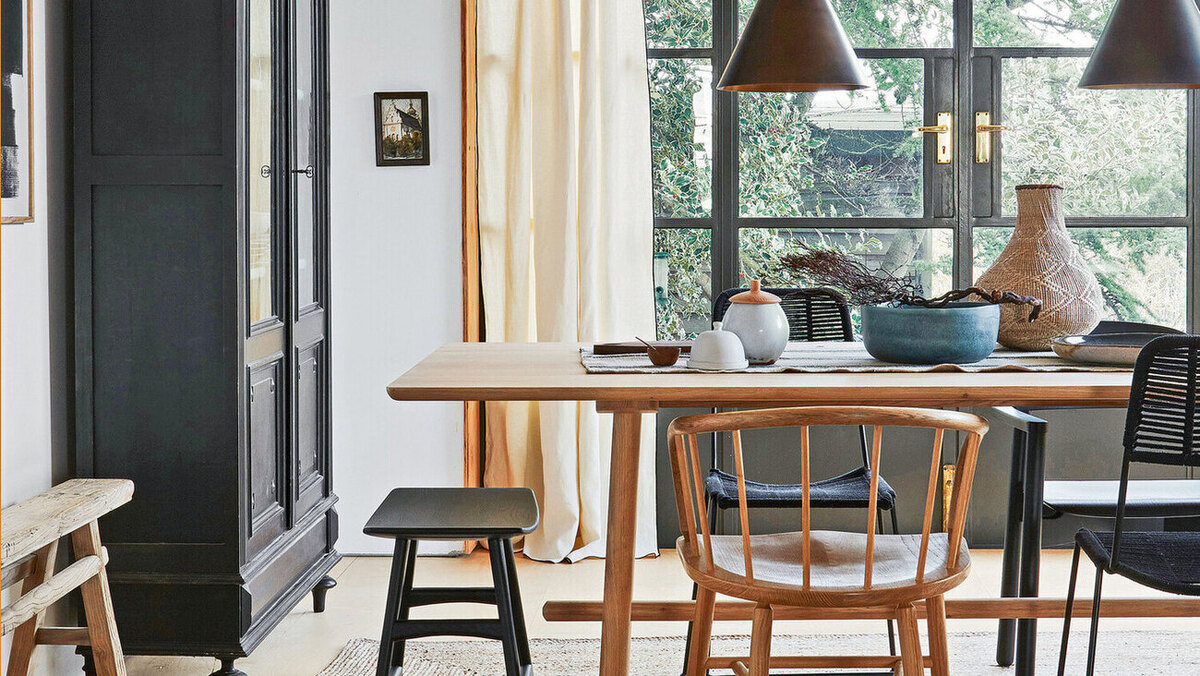

Interior Design
Should Curtains Touch The Floor?
Modified: January 23, 2024
Discover the perfect interior design solution for your curtains. Find out if curtains should touch the floor and enhance your space's elegance and style.
(Many of the links in this article redirect to a specific reviewed product. Your purchase of these products through affiliate links helps to generate commission for Storables.com, at no extra cost. Learn more)
Introduction
When it comes to interior design, it’s the little details that can make a big difference. One of these details is the length of curtains. You may have wondered whether curtains should touch the floor or not. The answer to this question depends on various factors, including personal preference, room type, design style, and practical considerations.
In this article, we will explore the benefits of having long curtains that touch the floor and discuss the aesthetics they bring to a space. We will also consider practical considerations that might influence curtain length decisions. Additionally, we will provide guidance on curtain lengths for different room types, design styles, and window heights.
So whether you’re renovating your living room, revamping your bedroom, or simply looking for some fresh design ideas, read on to discover the significance of curtain length and how it can enhance the overall look and feel of your space.
Key Takeaways:
- Long curtains that touch the floor bring elegance, sophistication, and practical benefits such as improved insulation and enhanced privacy. Consider the room type, design style, and window height when choosing the perfect curtain length.
- When it comes to curtain length, personal preference, practical considerations, and window height all play a crucial role. Whether you opt for floor-length curtains or alternative lengths, the goal is to create a visually appealing and functional space that reflects your individual style.
Read more: How Far Off The Floor Should Curtains Be
Benefits of Long Curtains
Opting for long curtains that touch the floor can bring several benefits to your space. Let’s explore some of these advantages:
- Elegance and Sophistication: Long curtains create an elegant and sophisticated atmosphere in any room. They add a touch of luxury and formality, making the space feel more refined.
- Visual Height: Floor-length curtains have the power to visually elongate the room. By hanging the curtains closer to the ceiling, you create an illusion of height and make the space appear larger and more spacious.
- Improved Insulation: Long curtains can provide better insulation for your windows. They help to block out cold drafts during winter months and provide heat insulation in the summer, making your space more energy-efficient.
- Enhanced Privacy: Floor-length curtains offer greater privacy compared to shorter curtains. They cover the entire window, ensuring that prying eyes are kept at bay.
- No Dust Accumulation: When curtains touch the floor, they prevent dust and debris from collecting on the bottom edges of the curtains. This makes maintenance and cleaning easier, saving you time and effort.
- Absorbs Noise: Long curtains can also help to absorb sound and reduce outside noise levels. The extra fabric helps to muffle sounds, creating a more peaceful and serene living environment.
These benefits make long curtains a popular choice for various rooms, from living rooms and bedrooms to dining areas and home offices. However, it is important to consider specific factors and practical considerations before deciding on the length of curtains to use in your space.
Aesthetics of Floor-Length Curtains
One of the main reasons why floor-length curtains are favored by many interior designers is the aesthetic impact they have on a space. Let’s delve into the aesthetics of floor-length curtains:
Dramatic and Luxurious: Floor-length curtains create a sense of drama and luxury. They add a grandeur and richness to the overall look of a room, elevating its aesthetic appeal. Whether you opt for flowing sheer curtains or heavy velvet drapes, the length provides an elegant backdrop against which the rest of the room’s elements can shine.
Visual Continuity: When curtains touch the floor, they create a visual continuity from the ceiling to the floor. This creates a cohesive and harmonious look in the room, enhancing its overall design. The uninterrupted vertical lines add a sense of balance and unity, making the space feel more put together.
Illusion of Height: Floor-length curtains hung closer to the ceiling can create the optical illusion of higher ceilings. This is particularly beneficial in rooms with low ceilings, as the extended length of the curtains draws the eyes upward, making the space feel more expansive and airy.
Anchor for the Room: Floor-length curtains act as an anchor for the room, grounding the design and adding a sense of stability. They frame the windows and create a focal point, drawing attention to the architecture and increasing the visual interest of the space.
Texture and Movement: The length of floor-length curtains allows for more fabric, which can showcase different textures and patterns. Whether you choose flowing sheers, luxurious velvet, or structured linen, the extra length allows the fabric to drape and sway, adding movement and visual interest to the room.
Versatility: Floor-length curtains are versatile and can be adapted to various design styles and aesthetics. They work well in traditional, contemporary, and eclectic spaces, giving you the freedom to experiment with different colors, patterns, and materials.
By considering the aesthetics of floor-length curtains, you can create a visually appealing and harmonious space that reflects your personal style and taste.
Practical Considerations
While the aesthetic appeal of floor-length curtains is undeniable, there are practical considerations to keep in mind when deciding on the length of your curtains. Here are a few factors to consider:
Functionality: Consider the purpose of the room and how the curtains will be used. In high-traffic areas, such as doorways or children’s playrooms, longer curtains may get in the way and become tripping hazards. In such cases, it might be more practical to opt for curtains that hover just above the floor.
Heating and Air Conditioning Vents: Make sure that the vents for heating and air conditioning systems are not obstructed by floor-length curtains. Proper airflow is essential for efficient temperature regulation in your space.
Flooring Type: Consider the type of flooring in the room. If you have carpeting, the curtains can easily glide across the surface, allowing for a fuller, floor-skimming look. However, if you have hardwood or tile flooring, longer curtains may require additional weight or anchoring to prevent them from bunching up or getting caught underfoot.
Window Sills: Take into account the depth of your window sills. If the sills protrude too far, they may interfere with the natural drape of the curtains. In such cases, it may be best to choose curtains that hang just above the sill to ensure a clean and polished look.
Household Members: Consider the needs and preferences of the individuals living in your home. If you have small children or pets, floor-length curtains may be more prone to getting dirty or damaged. In these cases, shorter curtains or curtains that can be easily lifted off the floor might be more suitable.
Cleaning and Maintenance: Keep in mind that longer curtains may require more frequent cleaning, as they are more likely to collect dust and pet hair. Consider the practicality of laundering or dry cleaning floor-length curtains before making your decision on curtain length.
By considering these practical aspects, you can ensure that your curtain choice not only enhances the aesthetics but also suits the functionality of your space.
Curtain Length Based on Different Room Types
When it comes to choosing the right curtain length, the type of room can play a significant role. Different rooms have different purposes and require varying levels of privacy, functionality, and design aesthetics. Here are some guidelines for selecting the appropriate curtain length for different room types:
Read more: How Long Should Curtains Hang To The Floor
Living Room:
In the living room, you have more design freedom and can choose curtain lengths based on personal preference. Floor-length curtains work well in formal living rooms, adding elegance and sophistication. If you have large, expansive windows, consider pooling the curtains slightly on the floor for a more dramatic effect. For a more casual and relaxed look, curtains that hover just above the floor provide a stylish yet practical option.
Bedroom:
In the bedroom, curtains not only add style but also serve important functional purposes, such as blocking out light and providing privacy. For a luxurious and cozy ambiance, opt for floor-length curtains that pool slightly on the floor. This adds a touch of decadence and creates a dreamy atmosphere. However, if you have limited space or a busy bedroom layout, curtains that fall just below the window sill can be a practical and visually appealing choice.
Dining Room:
In the dining room, curtains can contribute to the overall atmosphere and create a sense of elegance and sophistication. Floor-length curtains are often preferred for formal dining areas, especially if you have tall windows. Make sure the curtains do not touch the dining table to avoid any potential accidents. If your dining room also serves as a multi-purpose space, curtains that hover just above the floor can provide a practical and versatile option.
Kitchen:
In the kitchen, functionality and ease of maintenance are key considerations. Floor-length curtains are generally not recommended in the kitchen, as they can get in the way of cooking activities and are more prone to getting dirty. Instead, opt for shorter curtains that fall just below the window sill or above the sink. This allows for easy access and maintenance while still adding a touch of style to the space.
Read more: How Far Off Floor Should Curtains Be
Bathroom:
In the bathroom, privacy and moisture resistance are crucial. Consider curtains that are specifically designed for high-moisture environments, such as shower curtains or window treatments made of water-resistant materials. The length of the curtains will depend on the size and layout of the bathroom, but generally, curtains that fall just above the floor or slightly below the window sill work well.
Remember that these are general guidelines, and personal preference should always be taken into account when choosing curtain lengths for each room. Ultimately, your goal is to create a cohesive and visually appealing space that suits your individual style and meets your functional needs.
Alternative Curtain Lengths
While floor-length curtains are a popular choice, there are alternative curtain lengths that can create unique and stylish looks in your space. Here are a few options to consider:
Café Curtains:
Café curtains are a stylish choice, particularly for kitchens and bathrooms. These curtains cover only a portion of the window, usually hanging from the midpoint or upper portion of the window. They allow natural light to enter while providing privacy in areas where full-length curtains may be impractical or unnecessary.
Sill-Length Curtains:
Sill-length curtains are a versatile choice for various room types. They typically fall just below the window sill, providing a clean and polished look. Sill-length curtains work well in rooms where full-length curtains may be obstructive, such as rooms with radiators or furniture positioned near the windows.
Apron-Length Curtains:
Apron-length curtains fall a few inches below the window sill, creating a more casual and relaxed look. They can be a great option for spaces where you want to let in more natural light or where you want to showcase decorative hardware or details above the window.
Puddle Curtains:
Puddle curtains are a luxurious and dramatic choice for formal spaces. These curtains are intentionally longer than necessary, allowing them to pool gracefully on the floor. Puddle curtains can add a touch of opulence and romance to a room, but they require more maintenance and may not be practical in high-traffic areas or homes with pets.
Tier Curtains:
Tier curtains are a popular choice for kitchens and bathrooms. These curtains consist of two sections, with the shorter section covering the lower portion of the window and the longer section covering the upper portion. Tier curtains provide privacy while still allowing natural light to filter in.
When choosing alternative curtain lengths, consider the function of the space, the overall design aesthetic, and your personal preference. Each length option can create a unique look and contribute to the overall atmosphere and style of the room.
Curtain Lengths for Various Design Styles
The length of curtains can greatly influence the overall aesthetic and style of a room. Different design styles call for different curtain lengths to create a cohesive and harmonious look. Here are some curtain length suggestions for various design styles:
Traditional Style:
In traditional design, floor-length curtains are often favored to create a sense of elegance and formality. Opulent fabrics, such as silk or velvet, can be used to enhance the luxurious atmosphere. When selecting curtain length for traditional spaces, consider allowing the curtains to pool slightly on the floor to maximize the grandeur and sophistication of the room.
Modern Style:
Modern design emphasizes clean lines and simplicity. For a contemporary and minimalist look, opt for curtains that are just above the floor or sill-length. Crisp, tailored panels in solid colors or subtle patterns can complement the sleek aesthetic of modern spaces. Avoid excessive pooling or draping to maintain the clean and streamlined appearance.
Eclectic Style:
Eclectic design embraces a mix of styles, colors, and textures. When it comes to curtain length in eclectic spaces, there are no hard and fast rules. You can experiment with different lengths based on the overall theme of the room. Floor-length or even puddle curtains can add a touch of drama and visual interest, while sill-length curtains can create a more casual and bohemian vibe.
Scandinavian Style:
Scandinavian design is characterized by its simplicity, light colors, and natural materials. For a Scandinavian-inspired space, opt for floor-length curtains in light fabrics, such as linen or cotton. The goal is to allow ample natural light to filter in while maintaining a sense of privacy.
Read more: How Long Should Your Curtains Be
Rustic Style:
In rustic or farmhouse-style spaces, curtains with a more relaxed and informal feel work well. Sill-length curtains or even shorter tiers can complement the cozy and rustic vibe. Natural fabrics like burlap or linen in earthy tones can add warmth and texture to the space.
Remember that these are just general guidelines, and you can always adapt curtain length to suit your personal style and the specific characteristics of your space. Don’t be afraid to mix and match curtain lengths to create a unique and eclectic look that perfectly reflects your design aesthetic.
Curtain Lengths for Windows of Different Heights
Windows come in various heights, and choosing the right curtain length can help enhance their proportions and create a well-balanced look. Here are some recommendations for curtain lengths based on different window heights:
Tall Windows:
For tall windows, floor-length curtains are often the best choice. Hanging curtains from ceiling to floor can help visually elongate the windows and make the ceiling appear higher. This creates a sense of grandeur and elegance. Ensure that the curtains touch the floor or pool slightly for a more dramatic effect.
Standard-Height Windows:
For standard-height windows, you have more flexibility in curtain length options. Floor-length curtains, particularly those that hover just above the floor, are a classic choice. This length creates a polished and sophisticated look. Alternatively, you can opt for sill-length curtains that fall just below the window sill for a more casual and relaxed vibe.
Read more: How Much Should Curtains Puddle
Low Windows:
For low windows, it’s best to avoid floor-length curtains as they can make the windows appear even shorter. Instead, choose curtains that fall just above the windowsill or apron-length curtains that fall a few inches below the sill. This will allow the natural light to come through while giving a balanced look to the window.
Bay or Bow Windows:
Bay or bow windows have unique shapes and angles that require special consideration when it comes to curtain length. For these windows, individual curtain panels that cover each section of the window work best. Depending on the height of the bay or bow windows, you can choose either floor-length curtains or sill-length curtains. Alternatively, you can opt for a combination of both, using floor-length curtains on the outer sections and sill-length curtains on the inner sections.
Remember, these are general guidelines, and the curtain length ultimately depends on your personal style, the design aesthetic you want to achieve, and the overall look and feel of the room. Consider the height of your windows when selecting curtain lengths to ensure a proportional and visually pleasing result.
Conclusion
Curtain length plays a crucial role in the overall design and aesthetic of a room. Whether you opt for floor-length curtains that touch the floor or choose alternative lengths, there are several factors to consider, including personal preference, room type, design style, and practical considerations.
Long curtains that touch the floor bring elegance, sophistication, and visual height to a space. They can enhance the overall aesthetics, create an illusion of spaciousness, provide insulation, and offer privacy. Additionally, floor-length curtains add a touch of luxury and can be a focal point that anchors the room’s design.
However, it’s important to consider practical aspects when selecting curtain lengths. Functionality, heating and air conditioning vents, window sills, household members, and cleaning and maintenance are all important considerations to ensure that the curtains not only look great but also meet your practical needs and lifestyle.
Different room types also call for different curtain lengths. Living rooms, bedrooms, dining rooms, kitchens, and bathrooms each have their own requirements for privacy, lighting, and functionality. Tailoring the curtain length to suit the needs and purpose of each room can enhance its functionality and overall design appeal.
Furthermore, curtain length can be influenced by various design styles. Traditional, modern, eclectic, Scandinavian, and rustic styles each have their preferred curtain lengths to achieve their distinctive looks. Choosing the right curtain length for your chosen design style creates a cohesive and visually pleasing result.
Lastly, the height of your windows should also be taken into consideration when determining the curtain length. Whether you have tall windows, standard-height windows, low windows, or bay/bow windows, there are specific recommendations for each to ensure a balanced and proportional look.
In conclusion, when it comes to curtain length, there is no one-size-fits-all answer. It’s important to consider personal preference, room type, design style, practical considerations, and window height. By carefully selecting the right curtain length, you can transform your space into a visually appealing, functional, and inviting environment that reflects your individual style and enhances your overall interior design.
Frequently Asked Questions about Should Curtains Touch The Floor?
Was this page helpful?
At Storables.com, we guarantee accurate and reliable information. Our content, validated by Expert Board Contributors, is crafted following stringent Editorial Policies. We're committed to providing you with well-researched, expert-backed insights for all your informational needs.
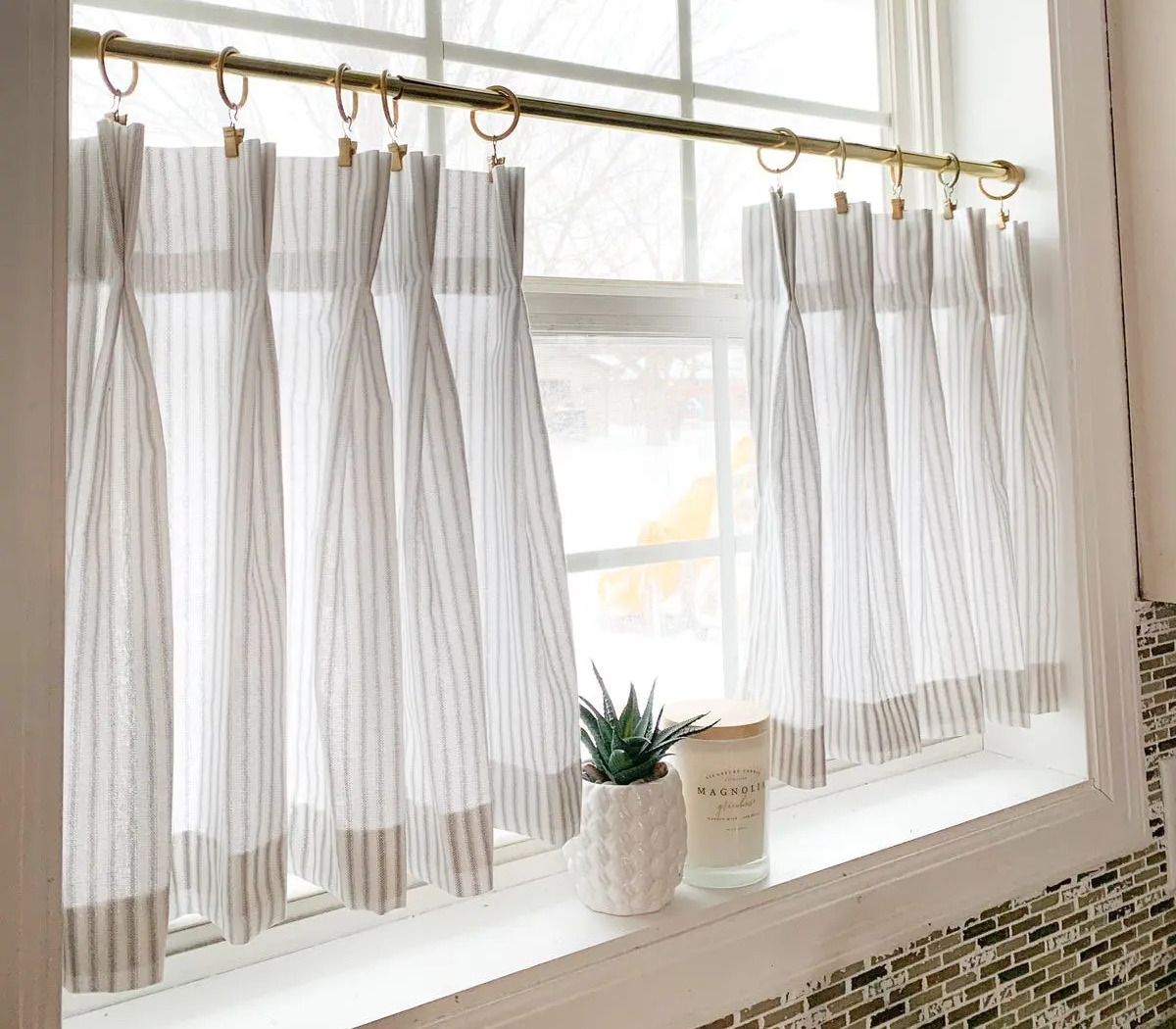
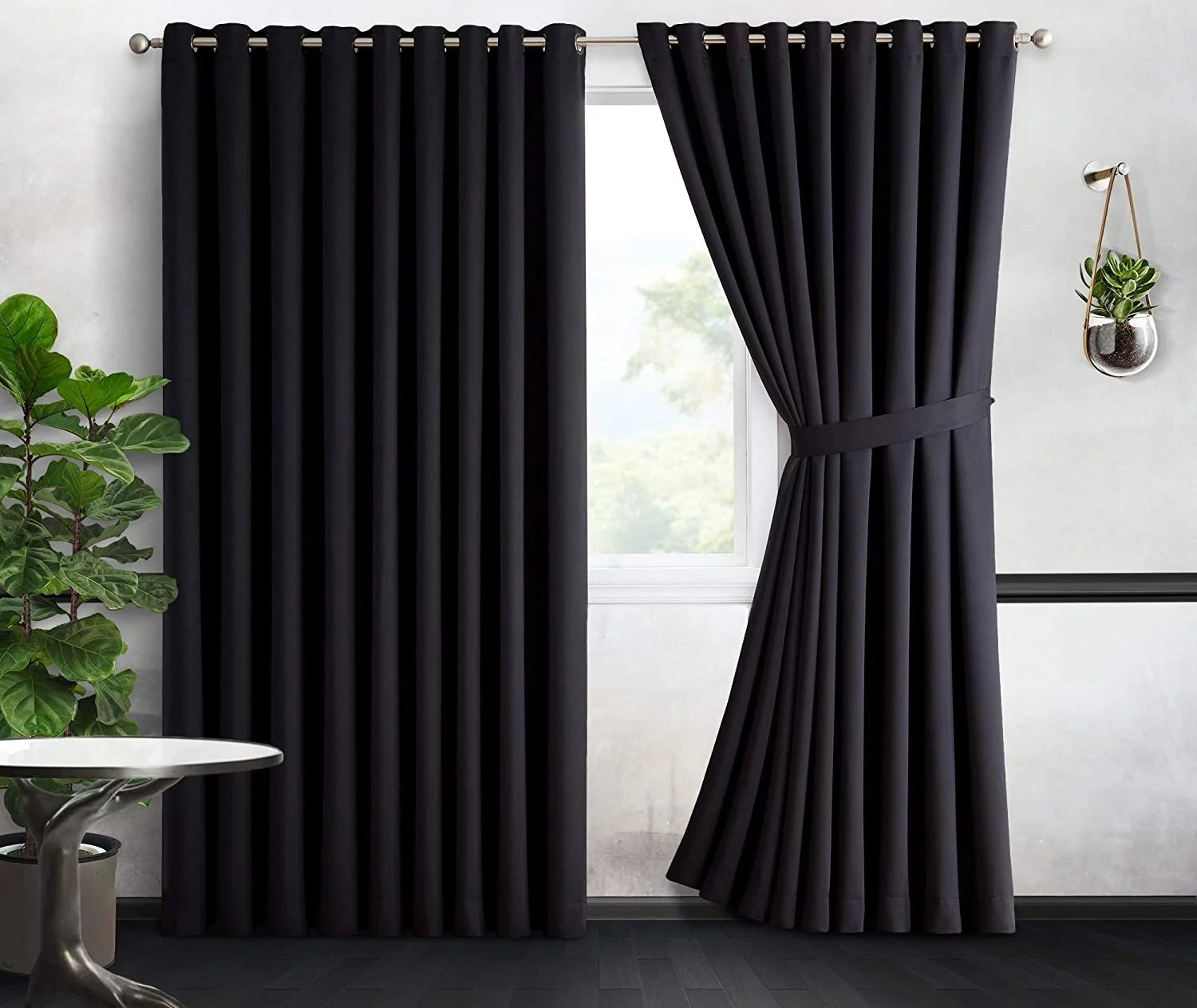
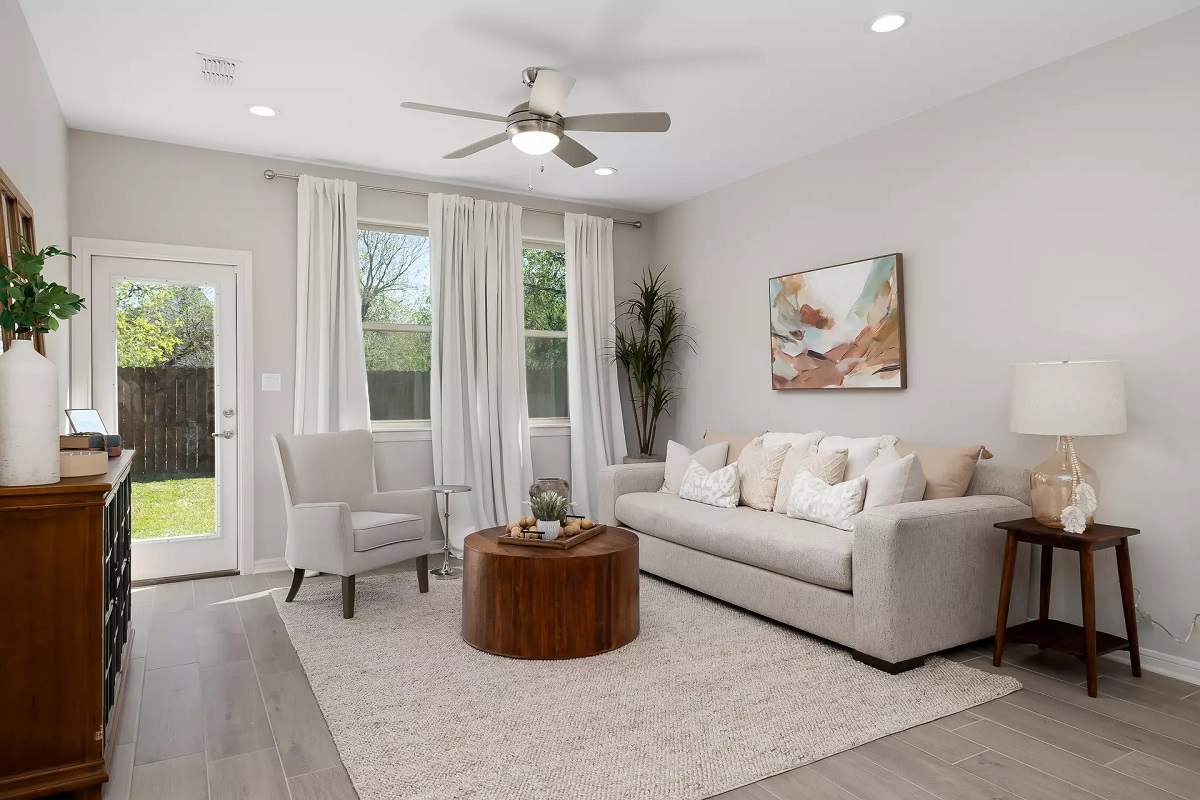
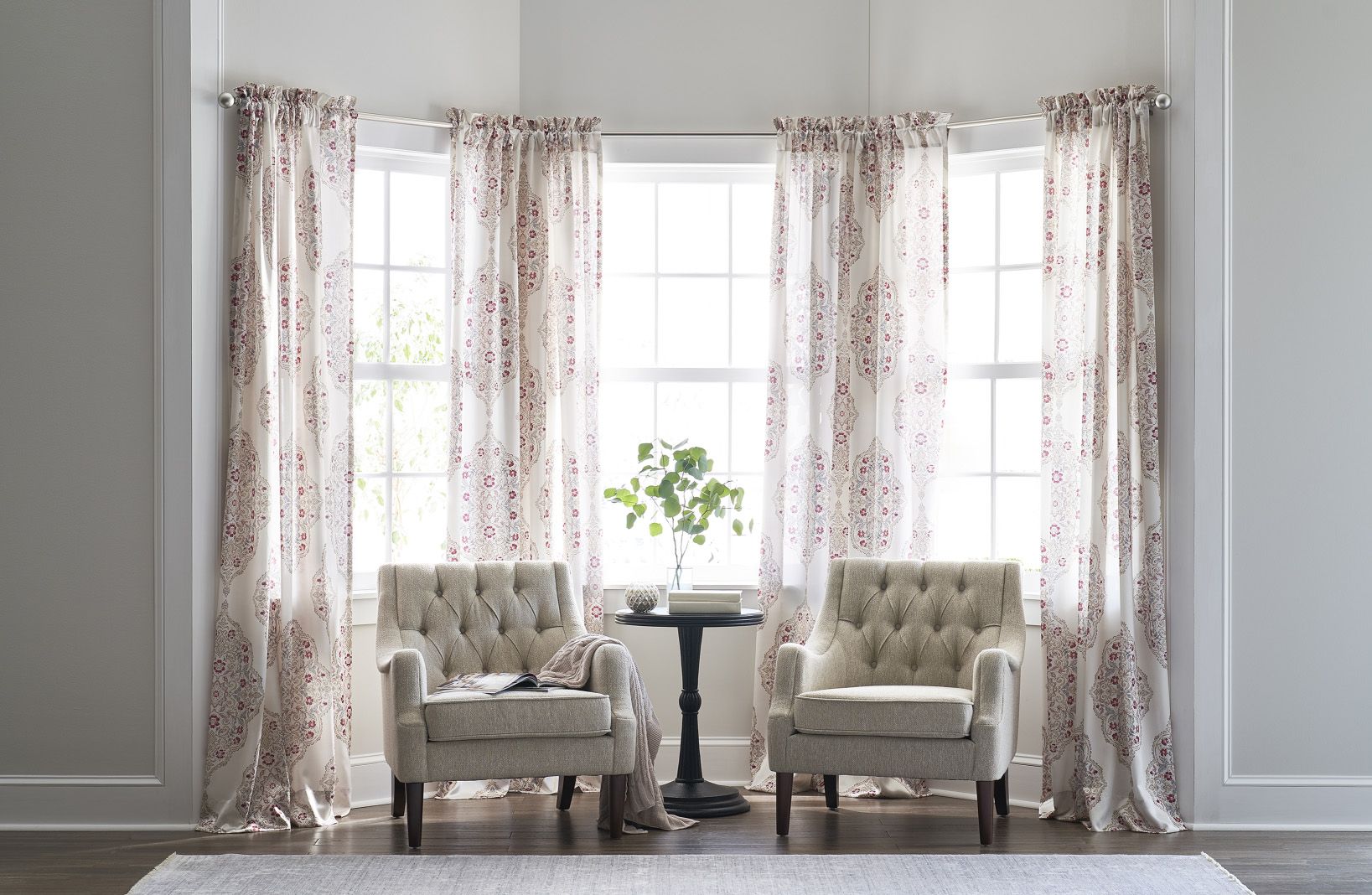
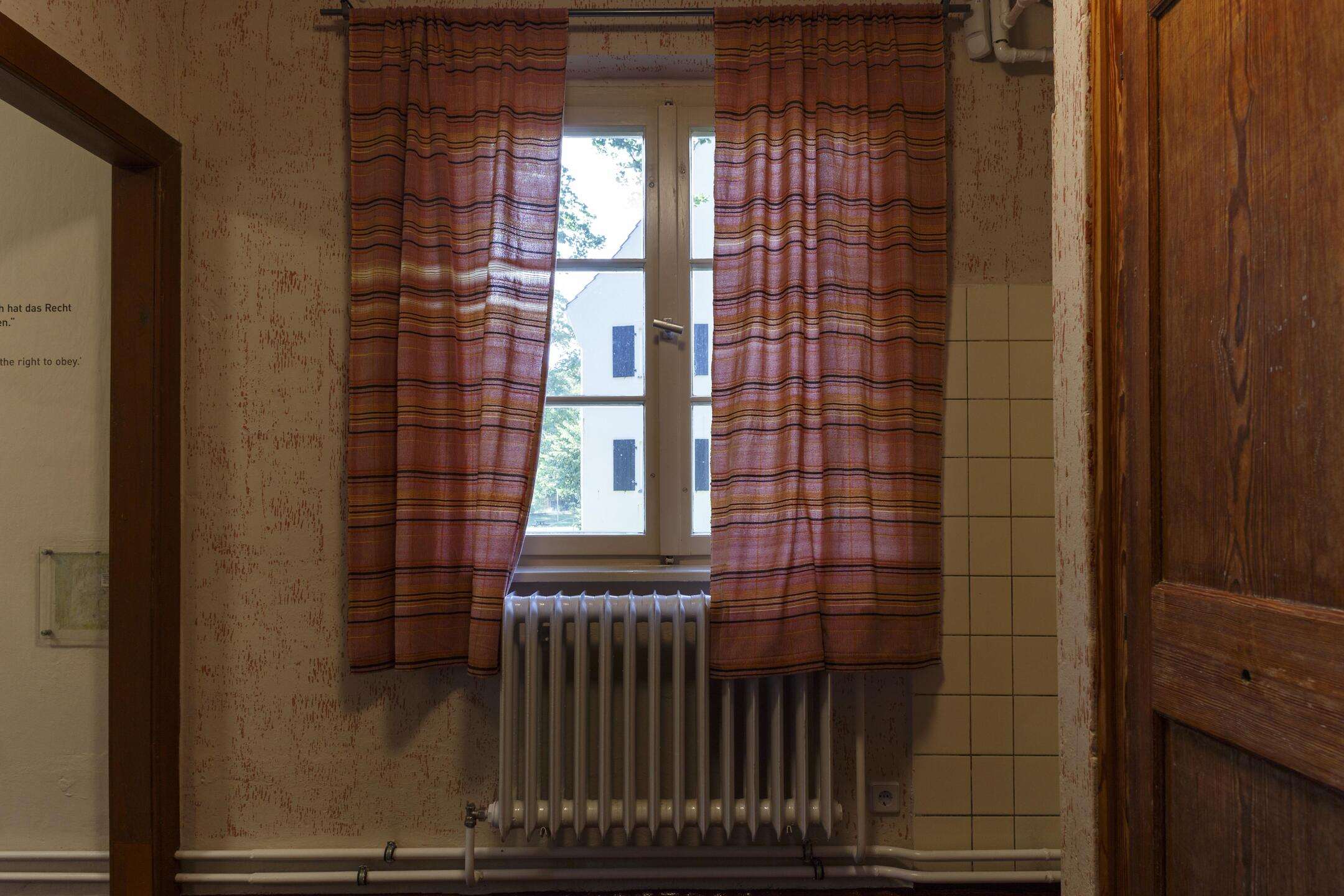
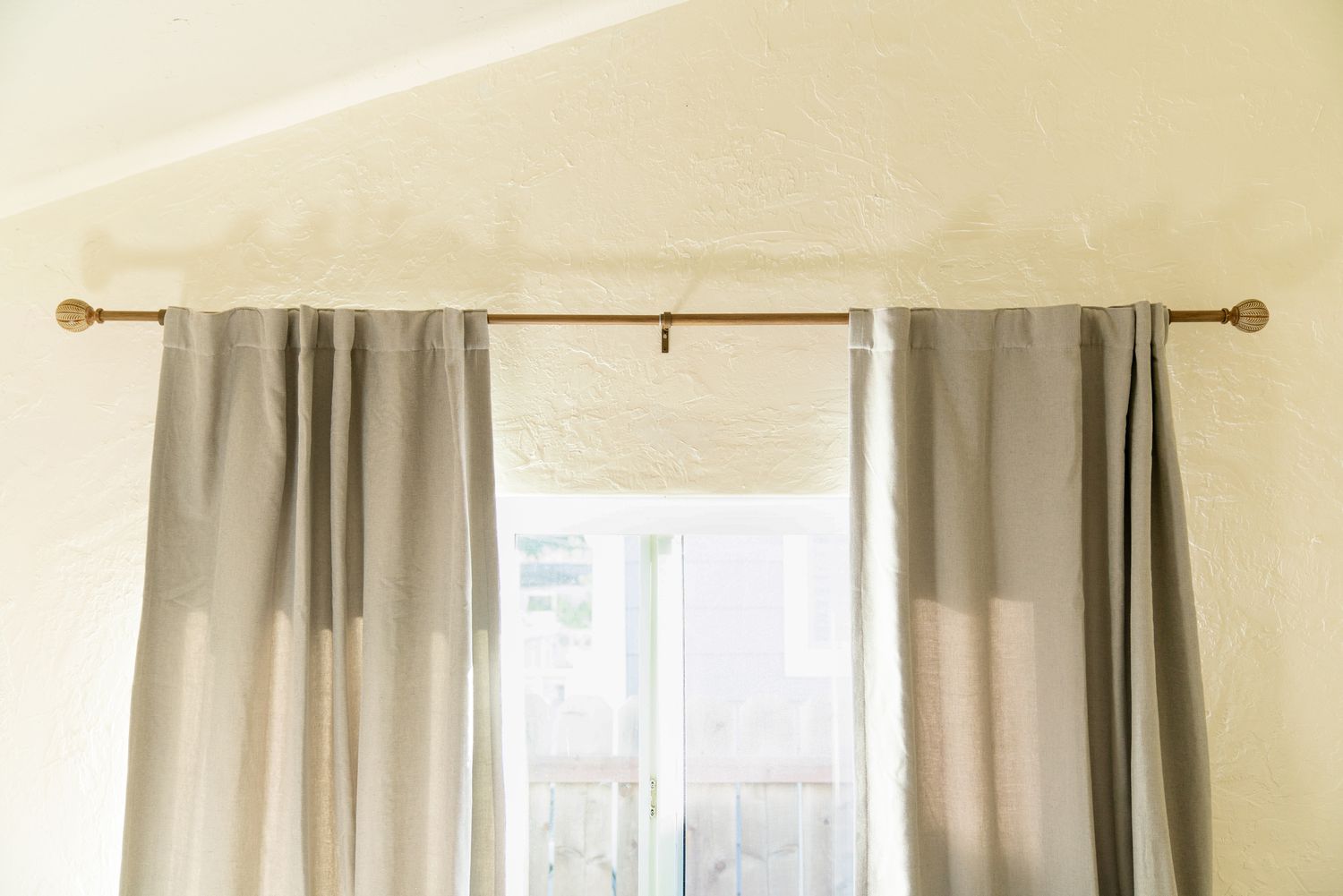
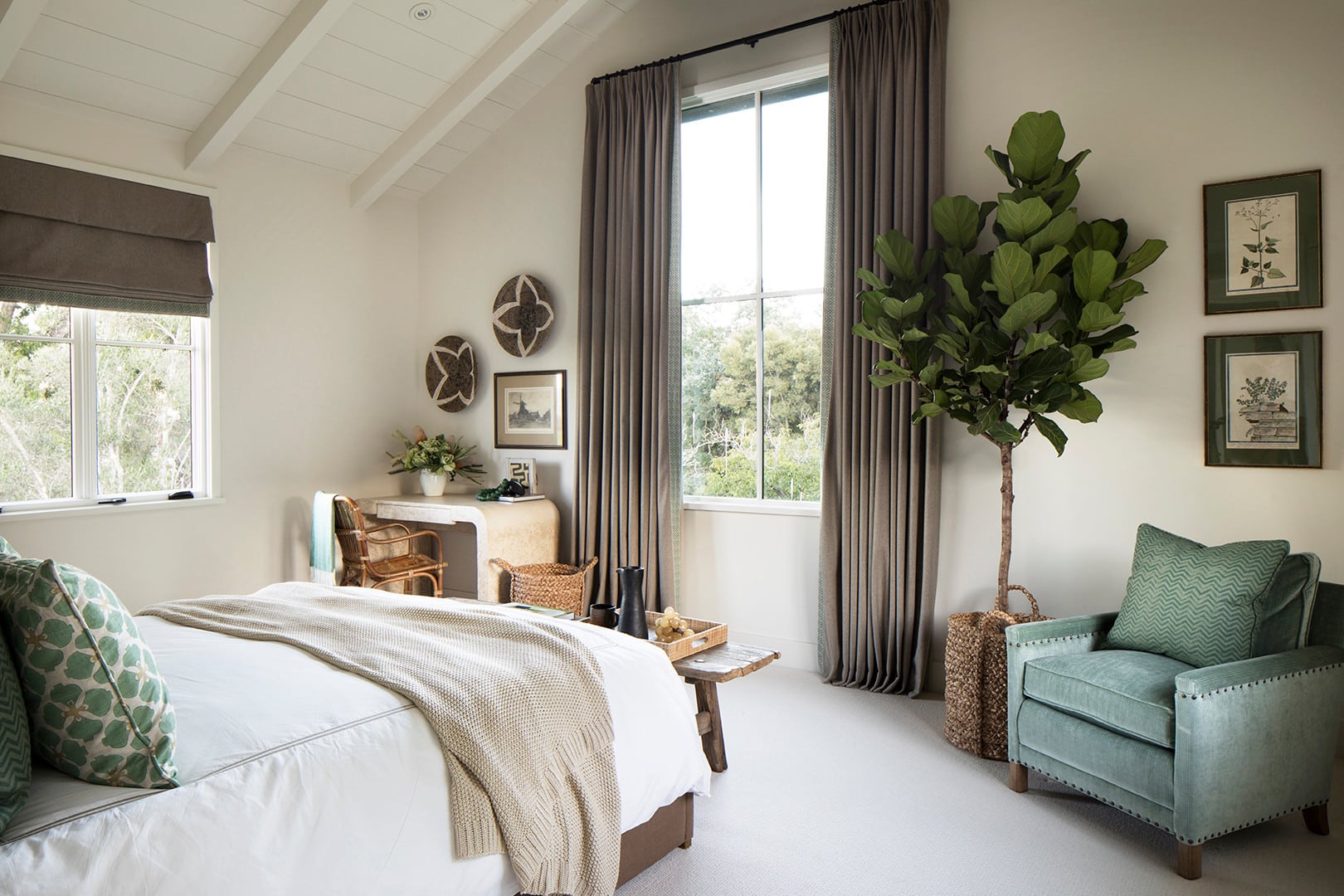
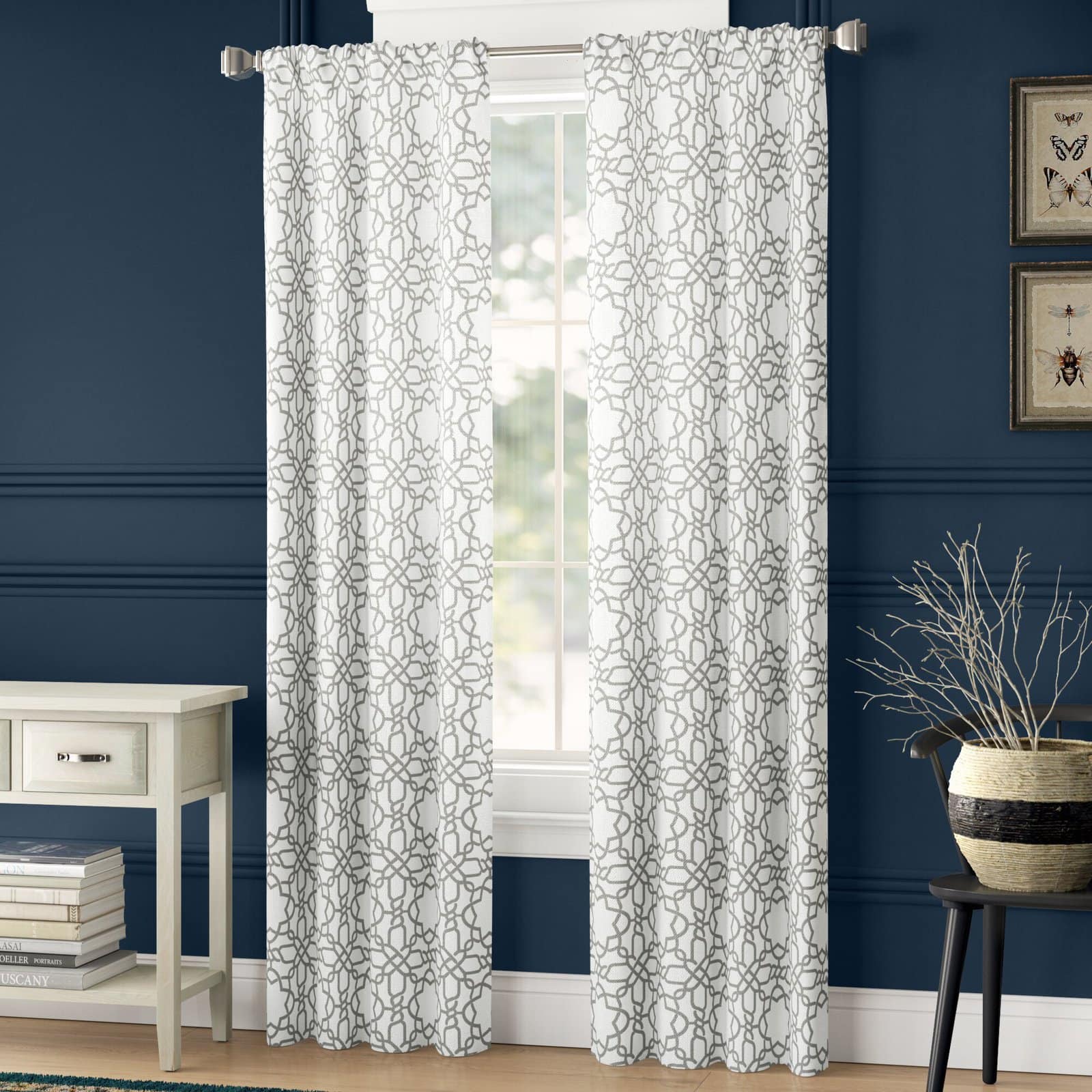
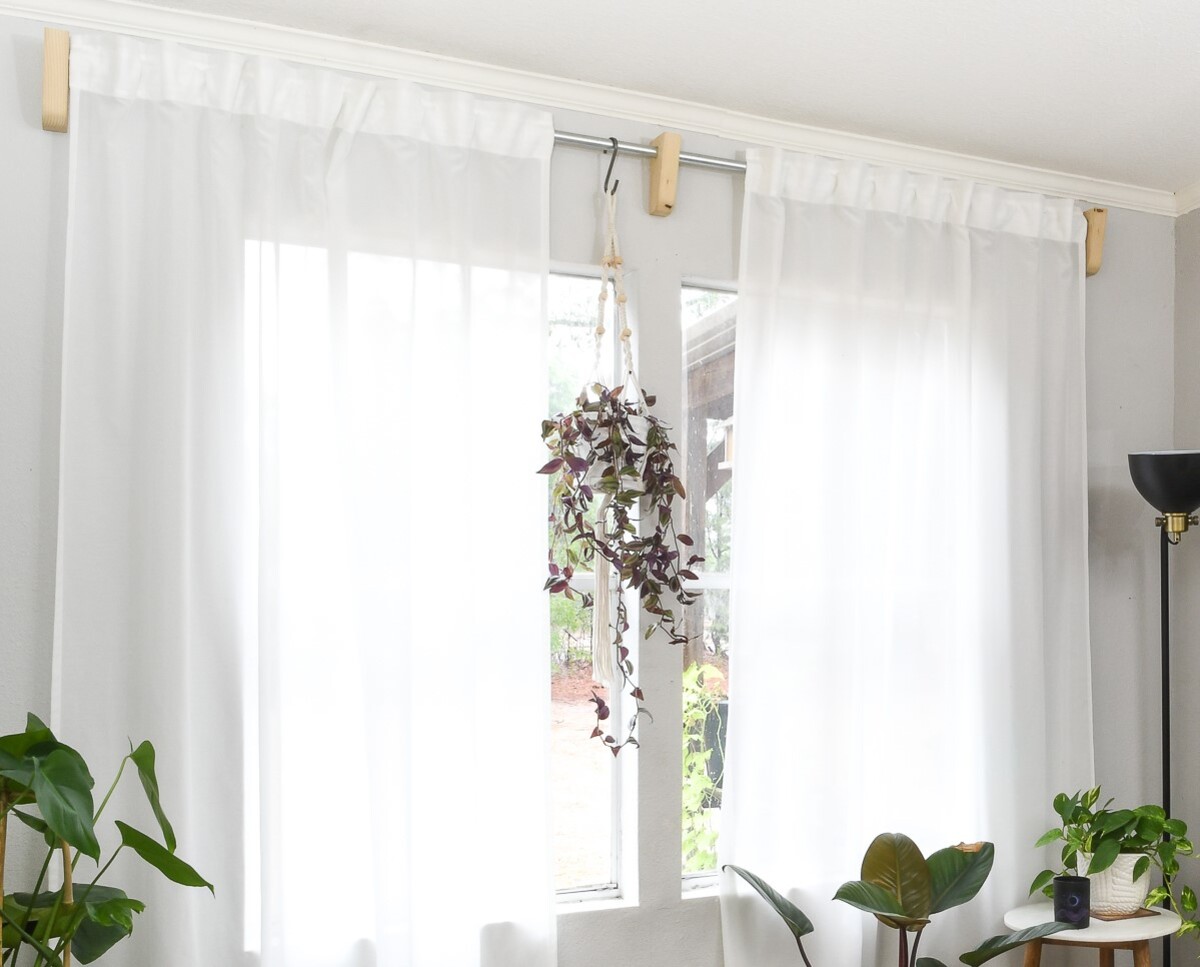

0 thoughts on “Should Curtains Touch The Floor?”